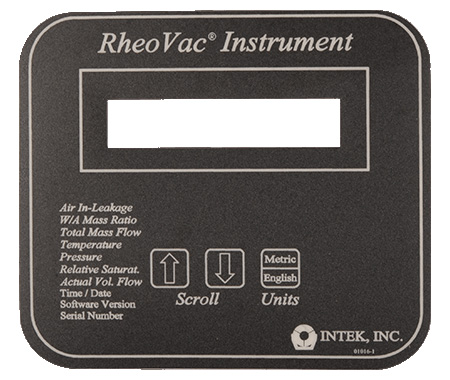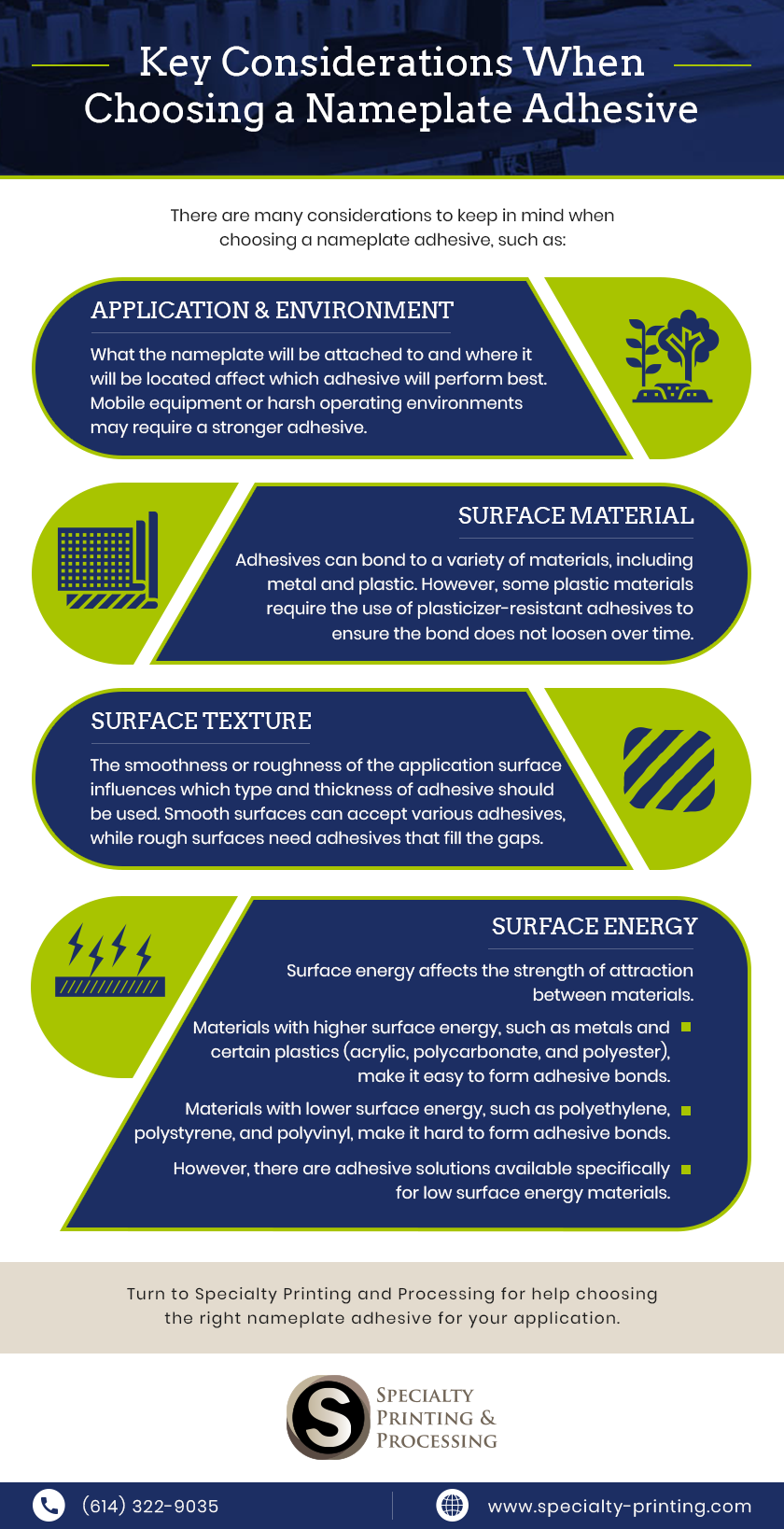What Are Graphic Overlays?
Leave a Comment
Graphic overlays are a vital component of many products. These film sheets are printed with text and designs that serve critical functional and/or aesthetic purposes, such as indicating how to use the product and conveying a brand message. That’s why it is important to design and manufacture them appropriately for their given applications. They are generally placed on the outermost layer of a product, and they can be textured to match or contrast with the surface of the product.
The following article provides an overview of graphic overlays. It outlines why they are used, how they are used, and what materials are used to make them.
Key Applications for Graphic Overlays
As indicated above, graphic overlays are used for functional and aesthetic reasons. Some of their key uses include:
- Serving as a user interface. Graphic overlays often serve as the “face” of a product, meaning they are the main component users look at when using it. They are commonly positioned over the product controls, where they provide text or icons that indicate what each control does (e.g., turning the product on or off). The design of a graphic overlay can be enhanced with the integration of backlighting and dead fronting elements. Backlighting illuminates the overlay from behind, making certain functions more visible. Dead fronting hides certain functions until they are relevant (e.g., a check engine light).
- Promoting brand awareness. Since graphic overlays can be customized with different printed elements, product designers can use them to display the company name and logo and/or other graphics that highlight the brand’s message or aesthetic.
- Increasing product durability. As the topmost layer of a product, graphic overlays need to be durable enough to withstand the operational and environmental conditions of the application in which they will be used. As such, they often demonstrate some degree of resistance to chemicals, ultraviolet radiation (UV), and other damaging compounds and conditions, which helps protect the product from them.
Graphic Overlay Materials
Graphic overlays can be made from a variety of materials to suit different products and environments. Some of the most commonly used are:
- Polyester. Polyester graphic overlays are highly durable. They can show no signs of wear even after 1,000,000 actuations. Additionally, they withstand exposure to chemicals and other harsh environmental compounds and conditions.
- Polycarbonate. Polycarbonate graphic overlays are easy to cut and print. Additionally, they offer excellent optical clarity and crispness. However, they show signs of wear after 100,000 actuations and require hard coatings if there is a risk of them being exposed to chemicals.
- Acrylic. Acrylic graphic overlays are lighter than glass. Additionally, they are strong and rigid, which makes them highly durable. They are best suited for applications involving the transmission and diffusion of light.
Quality Graphic Overlay Printing Solutions From Specialty Printing & Processing
The graphic overlay you place on your product can significantly influence its success in the market. If the graphic overlay is unclear or unattractive, it may ward off potential customers. That’s why you should partner with an experienced graphic overlay printing service provider. They will have the knowledge and skills to help you create a solution that meets your functional and aesthetic needs.
At Specialty Printing & Processing, we offer a broad selection of graphic overlay production materials and techniques. Our die cutting, laser cutting, and adhesive application capabilities enable us to manufacture overlays that meet virtually any customer’s specification, while our screen printing and digital printing capabilities allow us to print the necessary details on the overlays.
Looking for the perfect graphic overlay for your product? The experts at Specialty Printing & Processing are here to help. To learn more about our custom graphic overlay services, contact us today. To discuss your specs with one of our representatives, request a quote.




